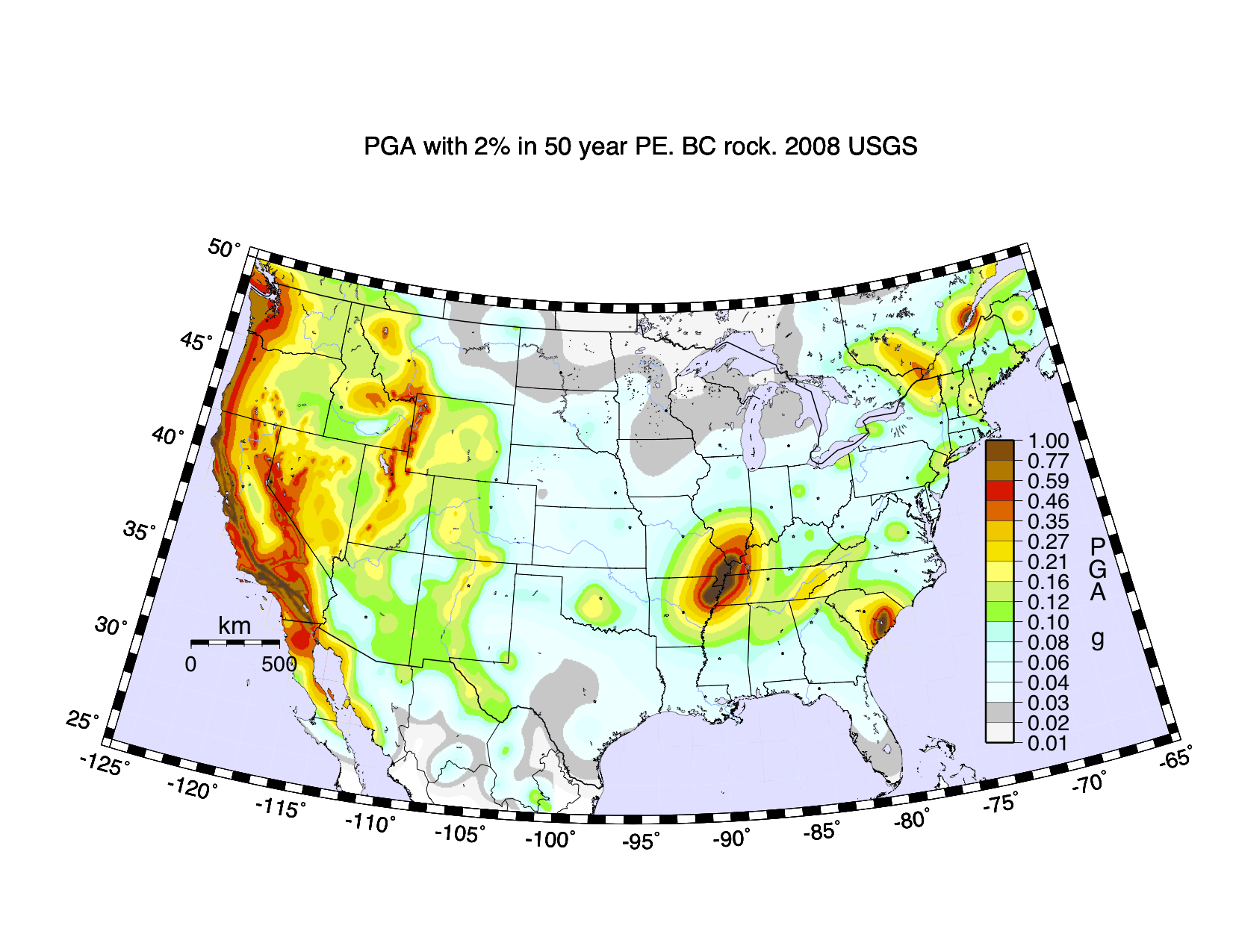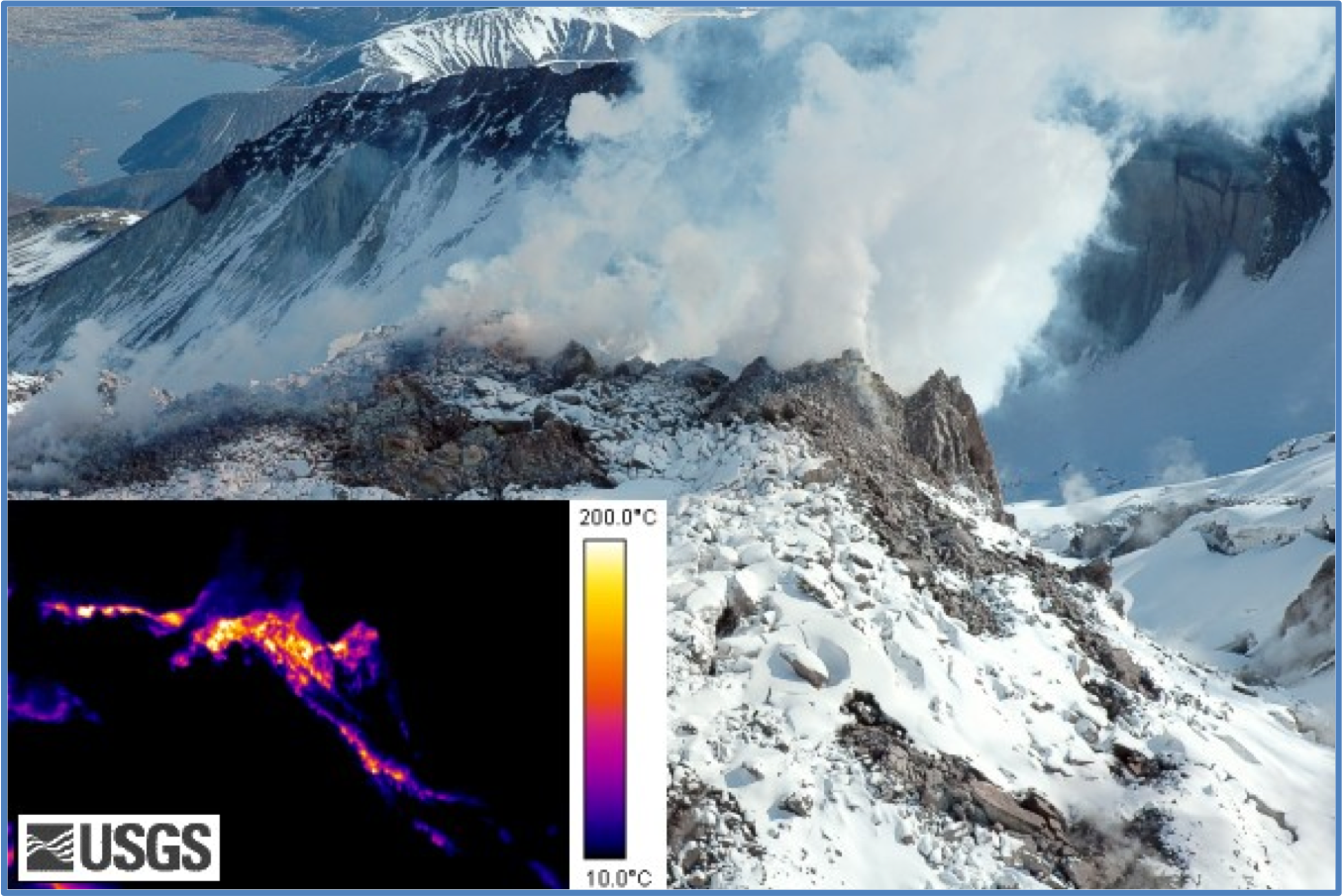Earthquake Hazards: Next big one?

Geoscientists use probability to describe potential earthquake effects in a given location.
In this activity students find and compare the probability of an earthquake of a particular magnitude occurring during different periods in different regions. They also investigate the probability that the ground in each region will shake by a certain amount, during a given length of time, before considering the societal implications of these hazards and how this seismic hazard information might be used to improve community resilience.
Audience: Intermediate
Taking the Pulse of Yellowstone’s “Breathing” Volcano.

In this activity, students use information they will learn about volcanism in Yellowstone National Park to identify a site for a research station. They focus on Yellowstone’s history of eruption, recent seismicity, hydrothermal events, and ground deformation. They learn how scientists monitor volcanoes (using Mount St. Helens as an example) and then apply that to finding a suitable site for a new research facility in Yellowstone.
Audience: Introductory-level Earth Science students in courses such as physical geology, environmental geology, geological hazards, or geology of national parks.





